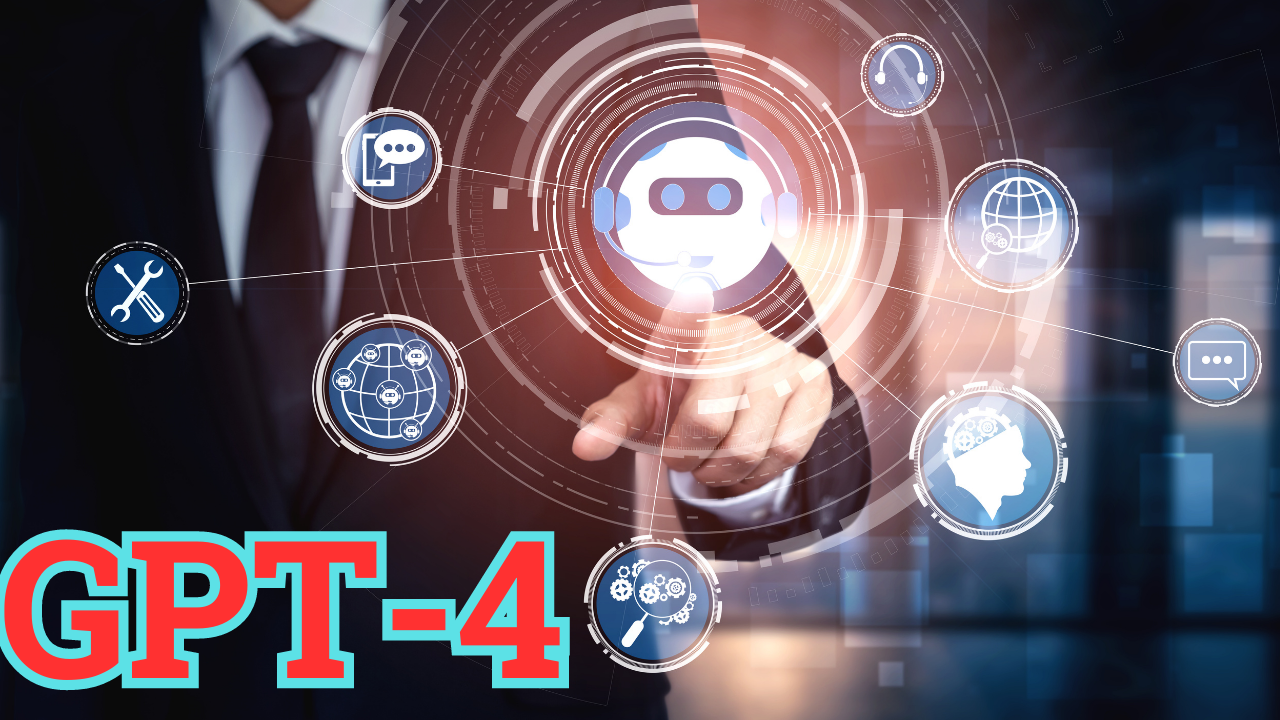
As an artificial intelligence language model, ChatGPT is capable of handling a wide range of tasks, including language translation, text summarization, and question-answering. However, the world of AI is constantly evolving, and newer models are being developed that can perform even more impressive feats. One such model is GPT-4, the successor to the highly successful GPT-3 model. In this blog post, we will explore five jaw-dropping facts on things GPT-4 can do that ChatGPT couldn’t!

- GPT-4 Can Write Entire Novels
One of the most impressive features of GPT-4 is its ability to write entire novels from scratch. This means that it can generate characters, plotlines, and even dialogue that are coherent and engaging. While ChatGPT can write short stories and essays, it is not capable of creating entire novels. With GPT-4, we can expect to see a new era of AI-generated literature that blurs the line between human and machine creativity. - GPT-4 Can Create Highly Realistic Images
Another impressive feat that GPT-4 can accomplish is the generation of highly realistic images. This means that it can create lifelike visual representations of objects, people, and even landscapes. ChatGPT, on the other hand, is limited to generating text-based responses and cannot create images. With GPT-4, we can expect to see a new level of visual creativity and innovation in the world of AI. - GPT-4 Can Hold Conversations with Multiple People Simultaneously
While ChatGPT is capable of holding conversations with humans, it can only do so one-on-one. GPT-4, on the other hand, can hold conversations with multiple people simultaneously. This means that it can participate in group chats and discussions, making it a valuable tool for businesses and organizations that require real-time communication and collaboration. - GPT-4 Can Understand and Interpret Emotions
One of the most exciting features of GPT-4 is its ability to understand and interpret emotions. This means that it can detect emotional cues in text-based conversations and respond accordingly. For example, if a user is feeling sad or anxious, GPT-4 can provide words of comfort and support. ChatGPT, on the other hand, is not capable of understanding emotions and can only respond based on the content of the text. - GPT-4 Can Learn from Its Own Mistakes
Finally, GPT-4 has the ability to learn from its own mistakes, making it a highly adaptable and intelligent AI model. This means that it can analyze its previous responses and adjust its future responses accordingly. ChatGPT, on the other hand, is limited to the programming and data it was trained on and cannot adapt in the same way. With GPT-4, we can expect to see a new level of AI intelligence and sophistication that will have far-reaching implications for industries ranging from healthcare to finance.

Conclusion
In conclusion, GPT-4 is an impressive AI language model that can perform feats that were previously impossible for ChatGPT. With its ability to write novels, create highly realistic images, hold conversations with multiple people, understand emotions, and learn from its own mistakes, GPT-4 represents a new era of AI intelligence and creativity. While the full capabilities of GPT-4 are not yet known, we can expect it to have a significant impact on the future of AI and the way we interact with technology.



